There is virtually everything on the menu for tribals in Attappady, except nutrition

Mail This Article
A series of infant deaths, after a brief lull, has exposed once again the loopholes in the healthcare system for the tribespeople of Kerala's Attappady. Eight infants belonging to the tribal population died this year with three deaths being reported in November alone. The November deaths shook the government machinery and the political class, triggering a slew of debates and blame games.
It is difficult to pinpoint one reason for Attappady's health woes. The infants have succumbed to diverse diseases and health conditions. However, experts and observers point out that malnourishment continues to be at the centre of Attappady's health crisis. Despite a number of schemes, for which crores of rupees is rolled out, adequate nourishment eludes the natives of Attappady whose population, many fear, is dwindling.
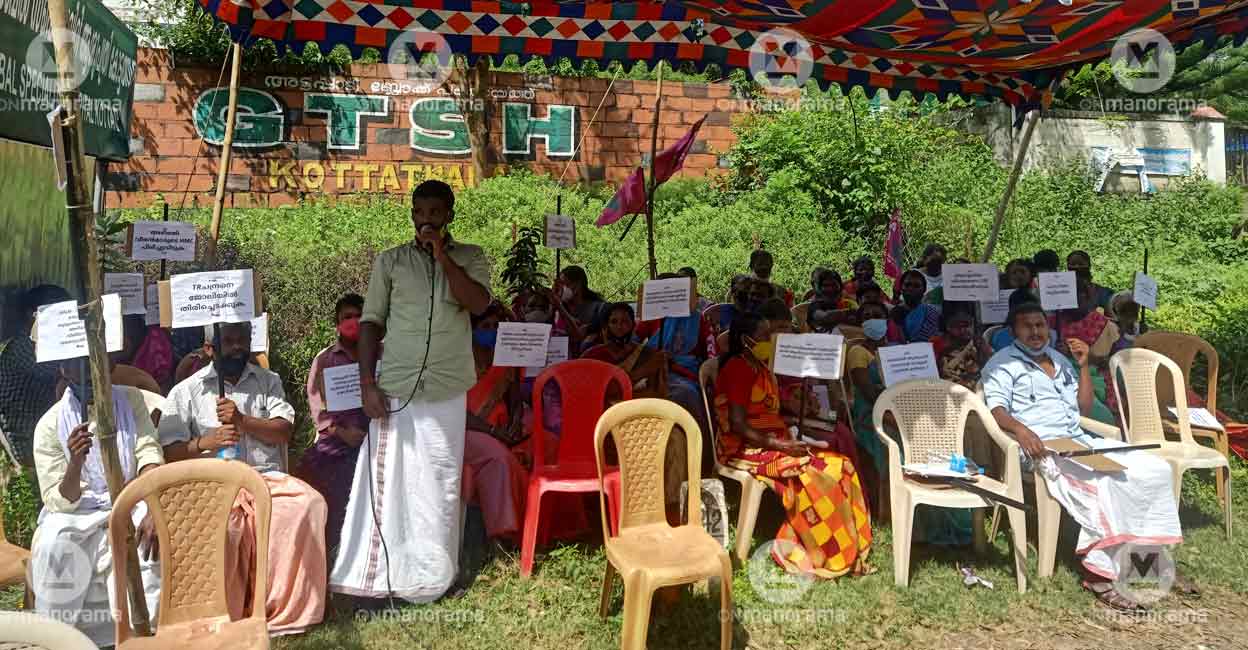
Attappady's food crisis is multi-pronged. There is food on the plate, but it does not have enough nutrients. Food habits have changed, too. The tribals eat not the traditional food they used to consume but what the 'civilised' world think they ought to eat.
A key argument shared by many in the Adivasi hamlets ('oorus') is that a shift from the traditional menu over the past few decades, mostly as part of government programmes, has done much harm to them. Even doctors and other experts involved in Attappady's welfare programmes overwhelmingly subscribe to this view.
“Adivasis of Attappady are getting food but not the nutrients they require. Most of the infants who have died here were underweight. There are programmes to help such underweight kids. However, what needs to be ensured is that everyone in the 'oorus' get sufficient nutrients,” Dr R Prebhudas, who was recently transferred from the Government Tribal Speciality Hospital, told Onmanorama. His suggestion is that tribal hamlets should be equipped to have their own dairy farms and fish ponds. He said such programmes would make the tribespeople self-sufficient rather than relying on government projects for food.
During a meeting with the opposition delegation recently, Dr Prebhudas said that many pregnant Adivasi women had told him that they were ready to have milk and egg if there was enough supply.
Raghavan, the head of the Muthikkulam 'ooru', who is highly critical of the political class who he believes has made his people their slaves, remembered the good old days when poverty was unheard of in Attappady. “During my childhood, there was no poverty in our 'ooru'. We used to cultivate crops like ragi, cholam and thina, which were our staple food. We got tubers, fruits and leaves from the forest. We had to purchase only salt and cooking oil from shops. All this has changed. Now, even for an Adivasi, the day starts with tea from a tea stall,” said the tribal leader, in his seventies.
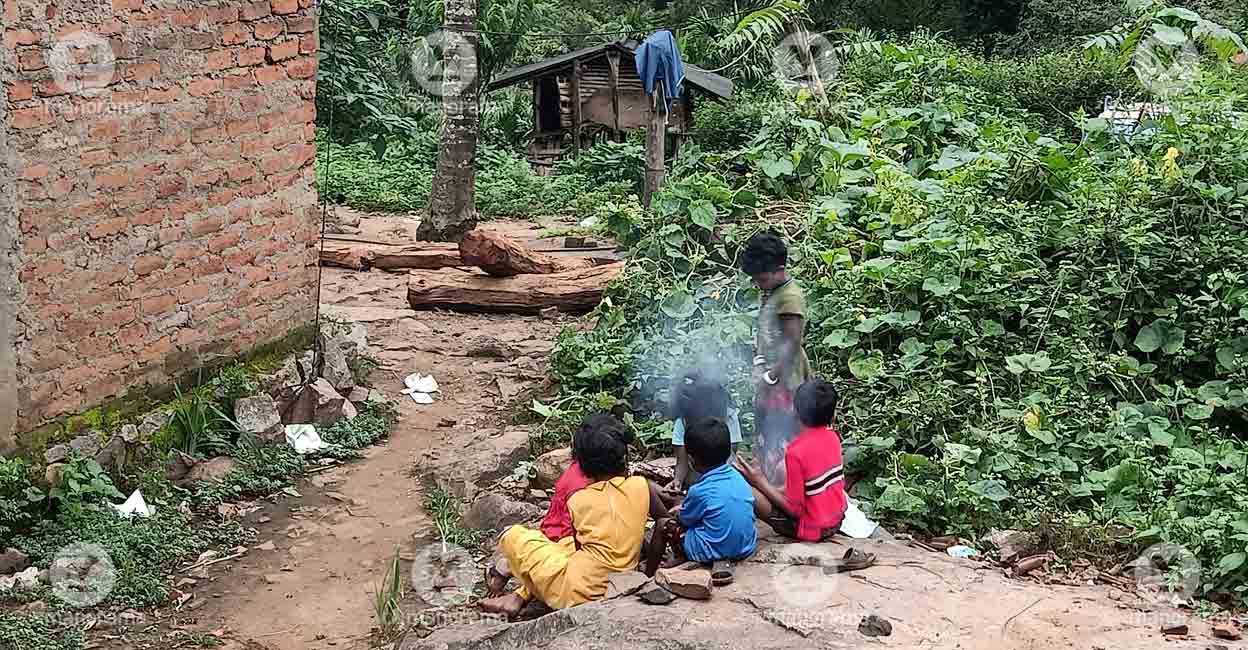
He was also critical of the government-sponsored community kitchen project. “It makes our people lazy,” he said.
In Edavani 'ooru', far away from Agali where Onmanorama met Raghavan, Rangi, an elderly woman, shared his concerns. She listed a number of tubers and leafy vegetables that the people in her 'ooru' consume even now. “Our staple food include millets like ragi and chama and grams like thuvara, amara and balavarai. We also have different leafy vegetables like kange, keerai, kaduku, chakkarasoppu, seengai, thodaisoppu, pattukeerai, mulikkeerai and kolkkeerai,” she said.
Rangi said the rice provided through the ration shops was not good for them. Other women around her nodded in agreement.
A dish called 'ragi kali', which is a mix of ragi and rice, is a prominent food of the tribes across Attappady. Ragi is provided at least three days a week in the community kitchens run by the Kudumbashree Mission's Attappady Special Project.
Community kitchen experiment
The Social Justice Department started Community Kitchen, the nutritional enhancement programme, in 2013-2014 to address malnourishment among children, pregnant women, lactating mothers , adolescent girls ,senior citizens and impoverished. Managed by the tribal women’s Neighborhood Groups (NHGs), community kitchens serve food in the evening. Its common menu include white boiled rice, ragi powder, a variety of pulses like green gram, horse gram and chick pea.
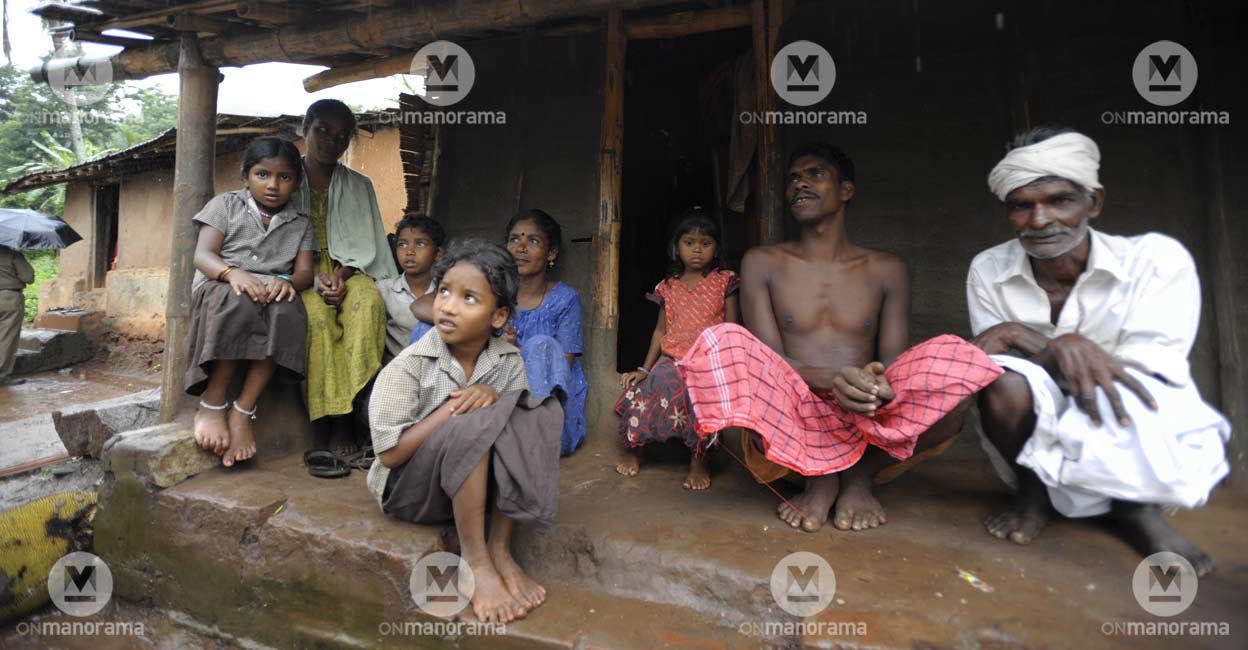
Each 'ooru' has one community kitchen and some have more than one. Of the 182 kitchens, only 123 were functioning last week according to the latest official figures accessed by Onmanorama.
The rest have been remaining shut for various reasons like rain-related issues, damage to the sheds, and lack of funds. A few 'oorus' have opted out of the project saying they don't need the facility as they have enough food at home.
The funds for running the community kitchens are provided by the Women and Children department and the Tribal department in a 40:60 ratio. Some kitchens have been shut as the SHGs that run them have run out of funds.
The government allots Rs 20 for a beneficiary for a meal. This covers the wage for the cook and the price of the firewood also.
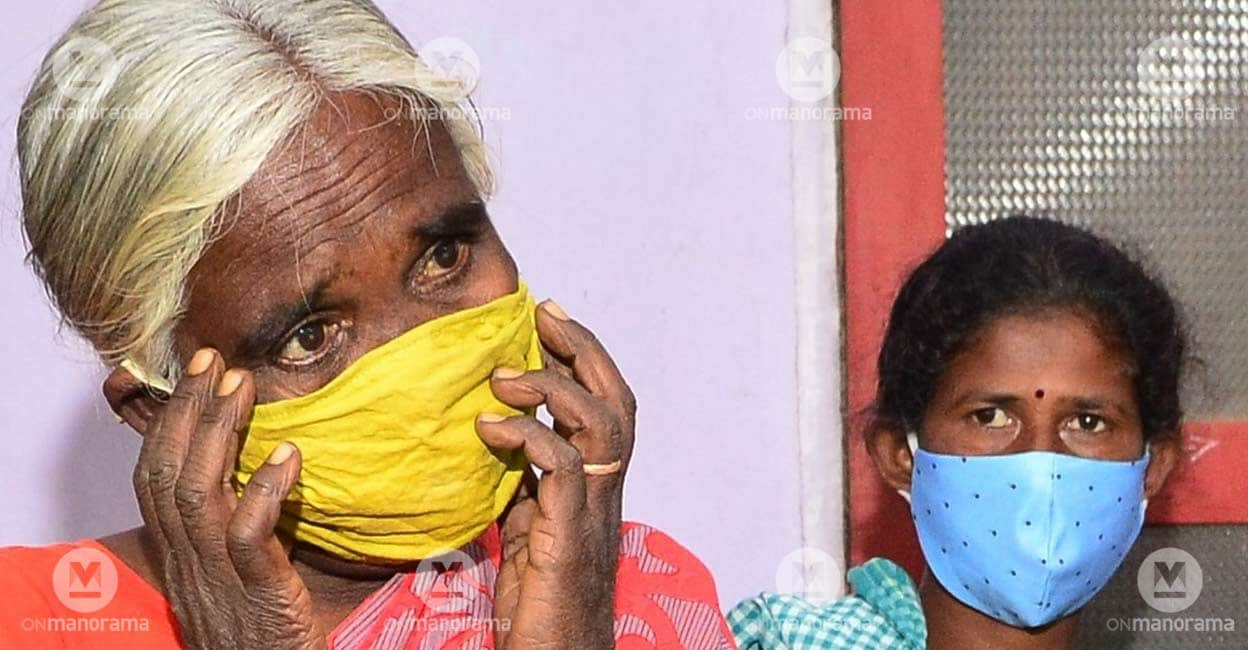
Apart from the community kitchen programme, the Integrated Tribal Development Project (ITDP) distributes food kits to the tribespeople during Monsoons.
Besides, the Integrated Child Development Services' supplementary food scheme is also in place in Attappady like everywhere in the state. As per the scheme, supplementary food which provides 500 calories and 12-15 gm protein is given to toddlers through anganwadis. For severely underweight kids, it is 800 calories and 20-22 gm protein. Food for 600 calories and 15-20 gm protein is given to pregnant women and lactating mothers. Similarly, supplementary food is also provided to adolescent girls in the age group of 14-18. The three panchayats in the Attappady region – Agali, Puthur and Sholayur – have earmarked Rs 1.52 crore for the supplementary food scheme for the current fiscal. Of this, around Rs 95 lakh has already been spent. The food items are distributed through the 175 anganwadis in the region.
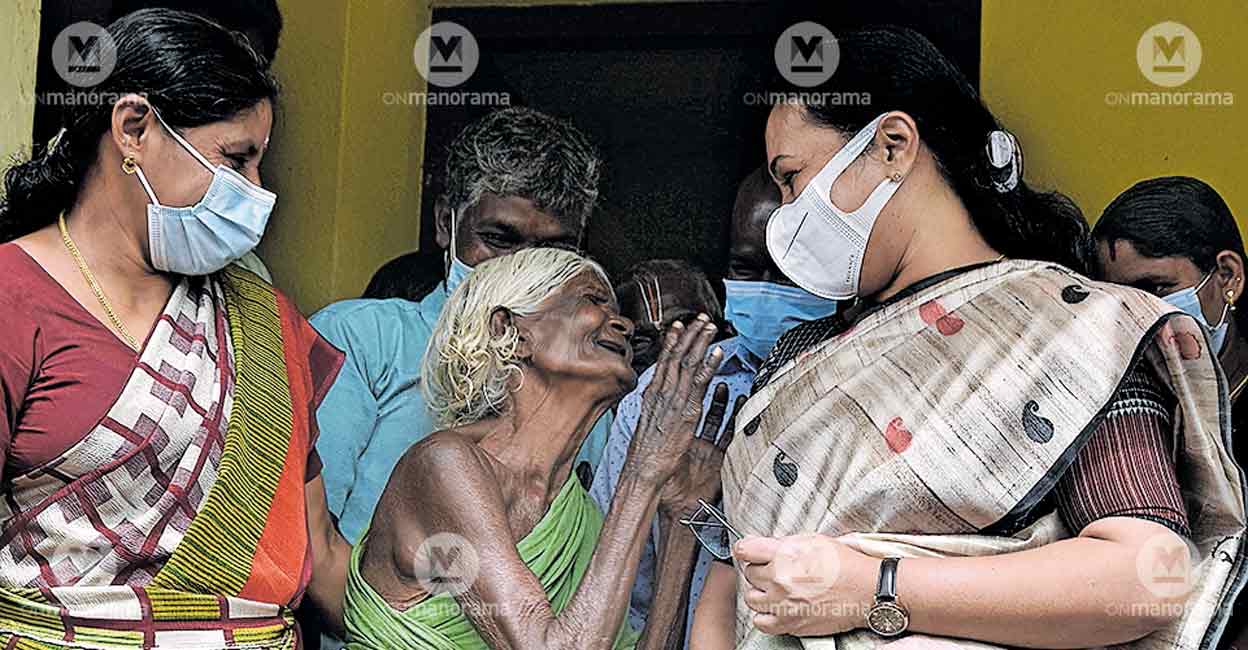
“In Attappady, we pay attention to the tribals' interests while deciding the food items to be distributed. If they say they don't like certain items in the list, we replace them with something else by strictly following the guidelines regarding calorie and protein content,” an official involved in the programme said.
The officials claim they have been doing everything possible to address the health issues of the tribespeople through different projects meant for food supply and livelihood. However, the recurring incidents of infant mortality and continuing impoverishment reveal that there is something fundamentally wrong with the projects.
“The government has been running the community kitchens for the past eight years. This alone shows that poverty is still an issue in Attappady,” T R Chandran, a tribal activist who retired from the state health department, said.
(This is the first part of a series investigating the issues concerning the tribal population of Attappady. Next: Adivasi kids suffer as nobody wants to rebuild an anganwadi in this Attappady ooru)


